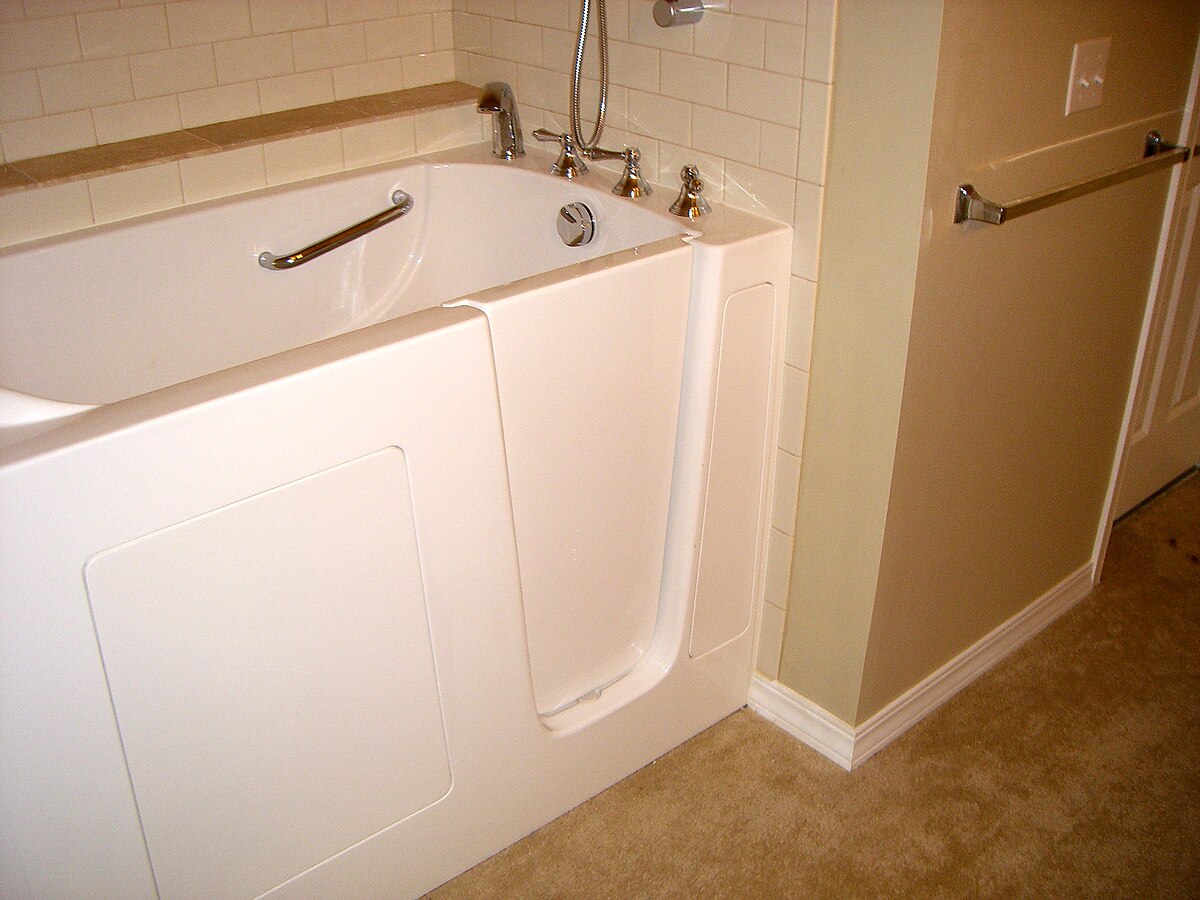Transforming Senior Living: The Walk-In Shower Revolution
Discover how walk-in showers are revolutionizing bathroom safety and independence for seniors. These innovative fixtures blend style with functionality, offering easy access and reduced fall risks. Learn about the key features, benefits, and considerations for installing walk-in showers, empowering older adults to age in place with confidence and comfort.
Walk-in showers have emerged as a game-changer in senior living, offering a perfect blend of safety, accessibility, and style. These innovative bathroom fixtures are designed to address the unique needs of older adults, promoting independence and reducing the risk of accidents. Let’s explore the essential features, benefits, and considerations for incorporating walk-in showers into senior-friendly homes.
Key Features of Walk-In Showers for Seniors
-
Low or No Threshold Entry: The most defining feature of walk-in showers is their easy access design. With minimal or no barrier to step over, seniors can enter and exit safely, significantly reducing the risk of trips and falls.
-
Non-Slip Flooring: Safety is paramount in bathroom design for seniors. Walk-in showers typically feature textured, non-slip surfaces to provide secure footing, even when wet.
-
Spacious Design: Ample space within the shower allows for comfortable movement and accommodation of mobility aids if needed. This generous sizing ensures ease of use for seniors with varying levels of mobility.
-
Ergonomic Seating: Many walk-in showers come equipped with built-in benches or removable seats. This feature offers a safe resting place during bathing, reducing fatigue and enhancing comfort.
-
Strategically Placed Grab Bars: Sturdy handrails installed at key points provide essential support for balance and stability throughout the bathing process.
-
Adjustable Showerheads: Handheld showerheads with adjustable heights and spray patterns offer greater control and ease of use, especially beneficial when seated.
-
User-Friendly Controls: Easy-to-operate faucets and temperature controls, often with clear markings, ensure safe and comfortable water management.
Enhancing Safety and Independence
Walk-in showers significantly improve bathroom safety for seniors in several ways:
• Minimized Fall Risk: By eliminating the need to navigate high tub edges, the risk of losing balance or tripping is greatly reduced.
• Enhanced Stability: The combination of grab bars, non-slip flooring, and seating options provides multiple support points throughout the bathing routine.
• Improved Accessibility: The open design facilitates easy entry and exit, accommodating users with varying mobility levels.
• Better Visibility: Walk-in showers often incorporate improved lighting and more open spaces, reducing accident risks associated with poor visibility.
• Increased Comfort: The option to sit while showering can alleviate fatigue and prevent falls caused by weakness or dizziness.
Benefits Beyond Safety
Installing a walk-in shower offers numerous advantages beyond enhanced safety:
-
Preserved Dignity: The accessible design allows seniors to maintain personal hygiene routines with minimal assistance, fostering a sense of independence and self-reliance.
-
Simplified Maintenance: The open layout and smooth surfaces of walk-in showers make cleaning and upkeep easier compared to traditional bathtubs.
-
Increased Home Value: Accessible bathroom features can boost property value and appeal to a wider range of potential buyers.
-
Modern Aesthetics: Contemporary walk-in shower designs can transform bathrooms into sleek, stylish spaces while prioritizing functionality.
-
Water Efficiency: Many walk-in shower designs use less water than filling a bathtub, potentially leading to lower utility bills and environmental benefits.
-
Customization Options: Walk-in showers can be tailored to individual preferences and needs, with various sizes, styles, and features available.
Selecting the Ideal Walk-In Shower
When choosing a walk-in shower for elderly users, consider the following factors:
• Size and Layout: Ensure adequate space for comfortable movement and potential mobility aid use.
• Entry Type: Evaluate no-threshold or low-threshold options based on the user’s mobility level.
• Safety Features: Prioritize models with integrated grab bars, non-slip flooring, and seating options.
• Showerhead Configuration: Consider a combination of fixed and handheld showerheads for maximum flexibility.
• Control Accessibility: Opt for easy-to-use, clearly marked temperature and flow controls.
• Lighting: Ensure sufficient illumination within the shower area to prevent accidents.
• Material Quality: Select durable, easy-to-clean surfaces suitable for frequent use.
Installation Considerations
Proper installation is crucial for the safety and functionality of walk-in showers in senior homes:
-
Space Assessment: Evaluate the existing bathroom layout to determine necessary modifications.
-
Plumbing Compatibility: Ensure the current plumbing system can accommodate the new shower installation.
-
Waterproofing: Implement proper waterproofing techniques to prevent leaks and water damage, especially in curbless designs.
-
Efficient Drainage: Install a robust drainage system to prevent water pooling and reduce slip hazards.
-
Adequate Lighting: Incorporate sufficient lighting to ensure visibility and safety within the shower area.
-
Proper Ventilation: Install effective ventilation to prevent mold and mildew growth in the humid environment.
-
Compliance with Standards: Adhere to ADA guidelines and local building codes for senior-friendly installations.
-
Future-Proofing: Consider installing support structures for potential future additions, such as additional grab bars or seats.
Professional installation is highly recommended to ensure all safety and functionality aspects are properly addressed, creating a secure and comfortable bathing environment for seniors.
Conclusion
Walk-in showers represent a significant advancement in bathroom design for seniors, offering a practical and stylish solution to enhance safety and accessibility. By incorporating key features such as easy entry, non-slip surfaces, and supportive elements, these showers can dramatically reduce accident risks while promoting independence. When selecting and installing a walk-in shower, it’s crucial to consider individual needs, space requirements, and professional guidance to ensure the best possible outcome. With thoughtful planning and implementation, a walk-in shower can greatly improve the quality of life for elderly individuals, allowing them to age in place with confidence, comfort, and dignity.







